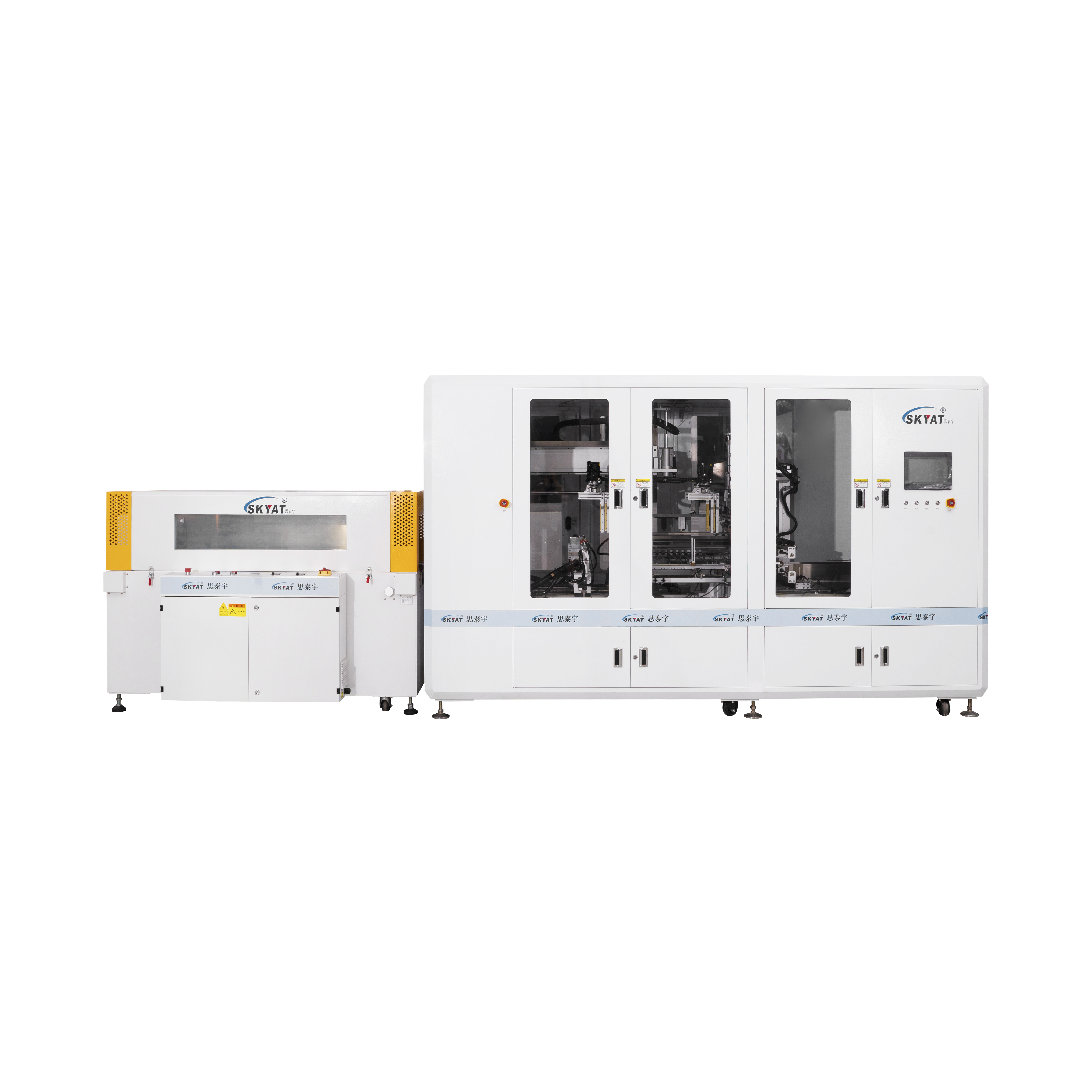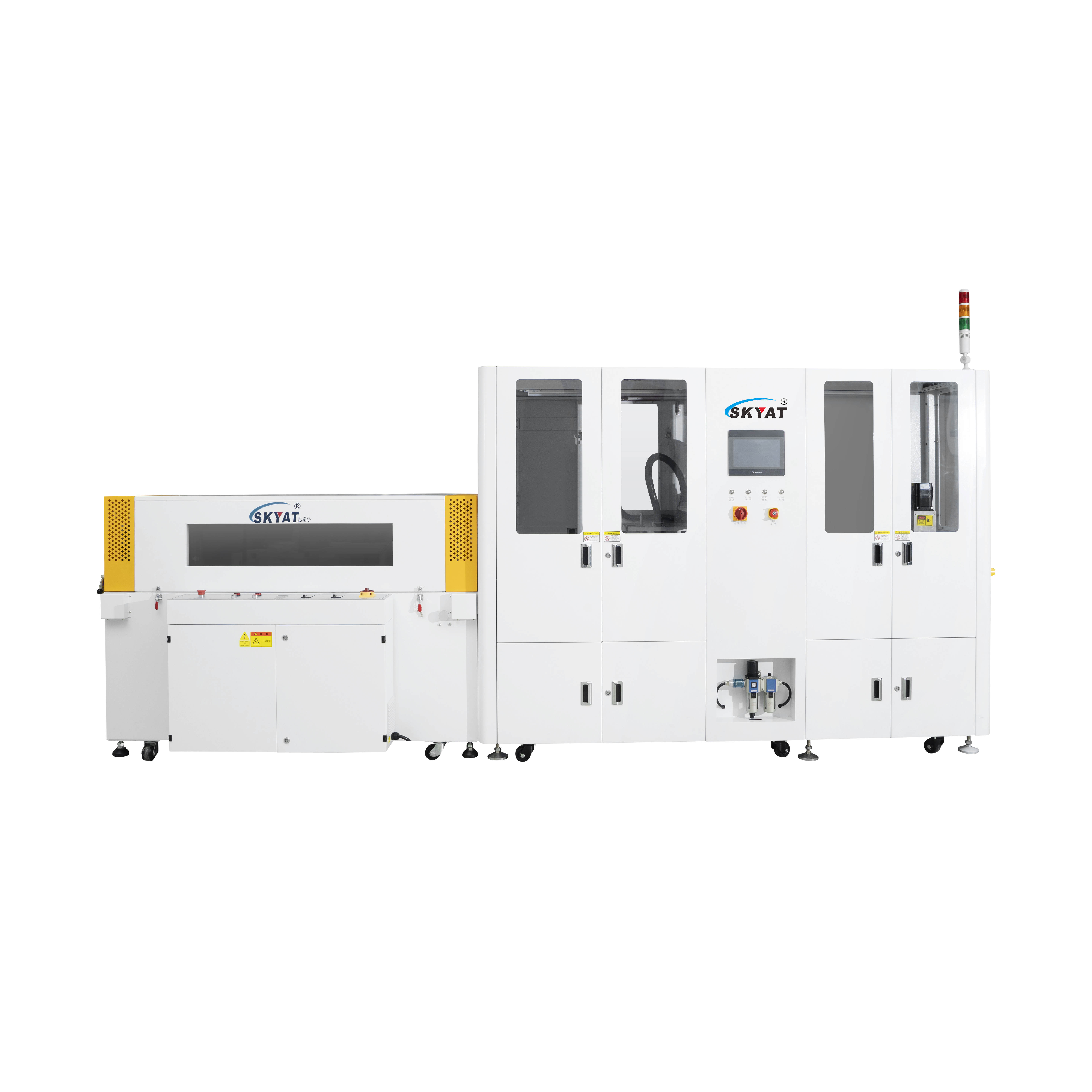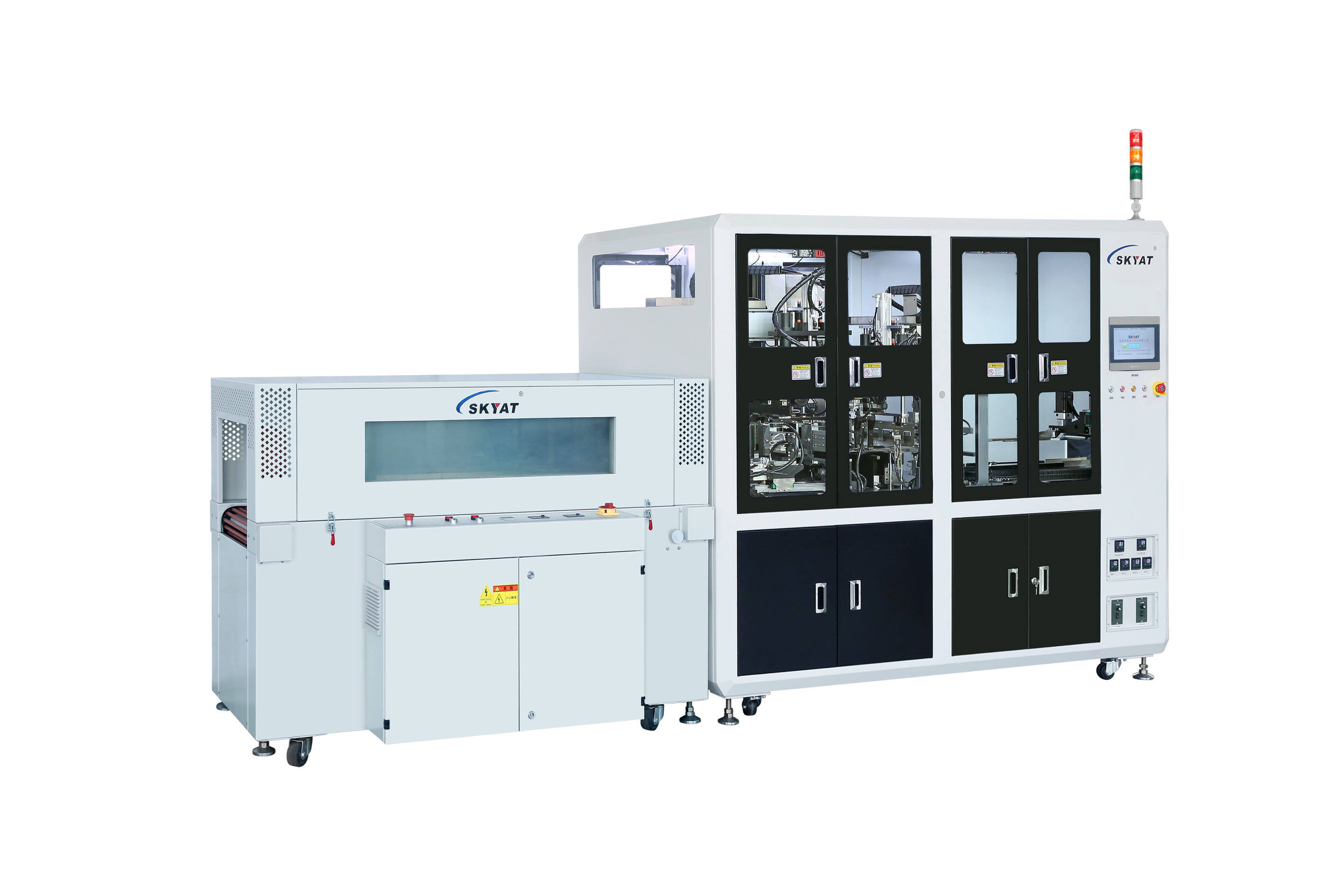The choice between automatic vs semi automatic shrink wrap machines depends on production volume, labor resources, and operational goals, with each offering distinct advantages for different industries. Automatic shrink wrap machines are designed for high-volume operations, featuring fully automated workflows—from product feeding to film wrapping and heat shrinking—making them ideal for electronics manufacturing plants producing smart electronics devices, automotive manufacturing facilities bundling parts, and gaming industry factories handling seasonal peaks. They operate at speeds of 100–200 items per minute, integrate seamlessly with production lines, and minimize manual intervention, reducing labor costs and errors. However, they require higher upfront investment and more space, suiting large-scale businesses like new energy equipment manufacturers. Semi automatic shrink wrap machines balance automation and manual control, with features like automatic film cutting and heat application but requiring operators to load products. They are perfect for medium-volume operations, such as cosmetics brands with diverse product lines, tea producers packaging small batches, and ceramic industry workshops. Operating at 30–80 items per minute, they offer lower upfront costs, easier setup, and flexibility for custom packaging—ideal for health supplements brands testing new products or drone manufacturers with varying part sizes. Both types work with PVC, POF, and PE films, but automatic machines excel in consistency for steel hardware packaging, while semi automatic models adapt better to irregular shapes. The decision hinges on scalability: automatic machines suit growing businesses with steady demand, while semi automatic options fit those prioritizing flexibility and lower initial investment.




Copyright © 2025 By Skyat Limited. - Privacy policy